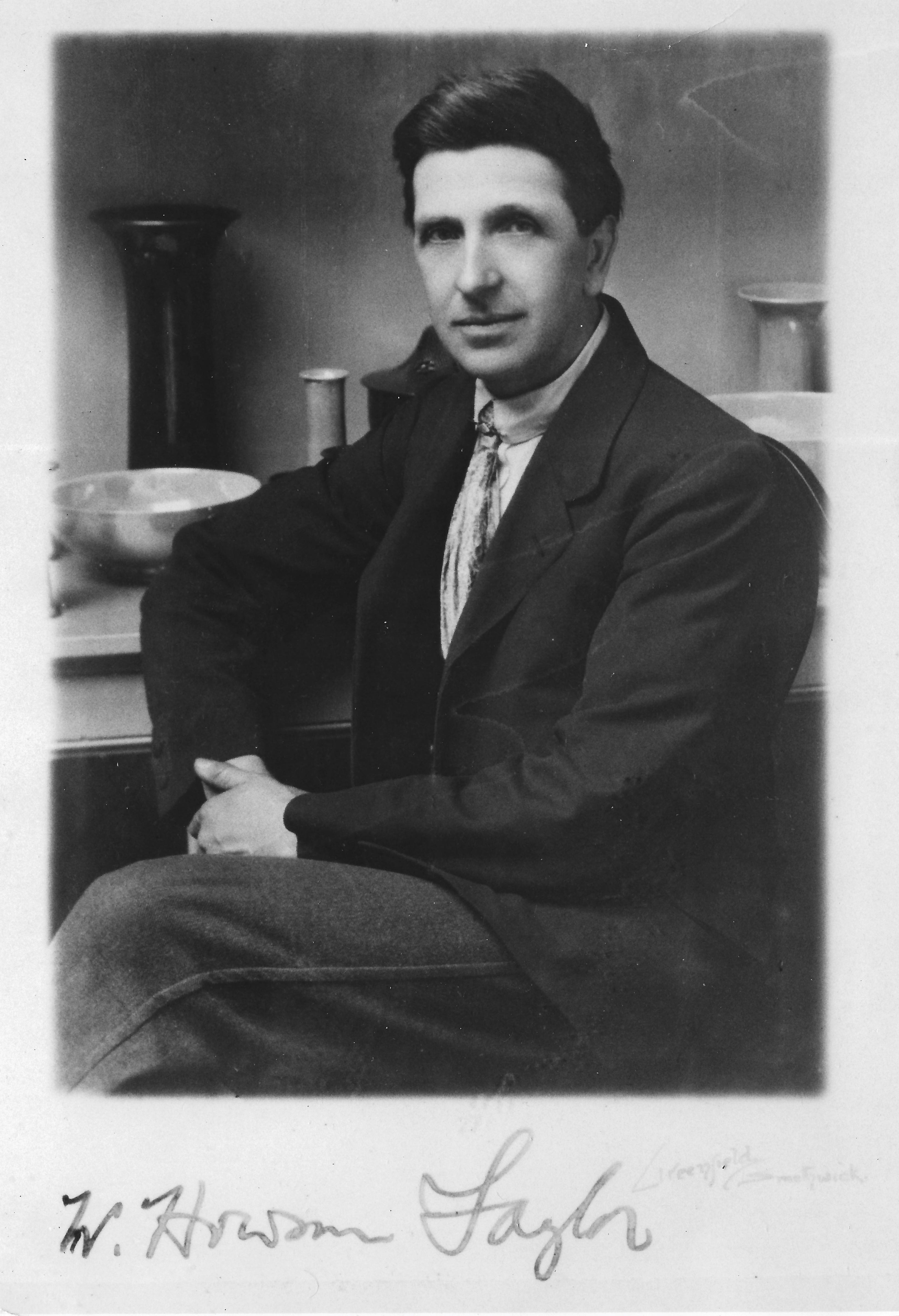Ruskin Pottery on:
[Wikipedia]
[Google]
[Amazon]
 The Ruskin Pottery was an English
The Ruskin Pottery was an English
 The Ruskin Pottery was an English
The Ruskin Pottery was an English art pottery
Art pottery is a term for pottery with artistic aspirations, made in relatively small quantities, mostly between about 1870 and 1930. Typically, sets of the usual tableware items are excluded from the term; instead the objects produced are mostly ...
studio founded in 1898 by Edward R. Taylor
__NOTOC__
Edward Richard Taylor RBSA (14 June 1838 – 11 January 1911) was an English artist and educator. He painted in both oils and watercolours. He became a member of the Royal Birmingham Society of Artists in 1879.
Biography
Taylor ta ...
, the first principal of both the Lincoln School of Art
The Lincoln College of Art was an educational institution devoted to the arts, based in the English city of Lincoln with its origins in the mid-nineteenth century. The institution changed shape and name numerous times over its history before bei ...
and the Birmingham School of Art, to be run by his son, William Howson Taylor
William is a male given name of Germanic origin.Hanks, Hardcastle and Hodges, ''Oxford Dictionary of First Names'', Oxford University Press, 2nd edition, , p. 276. It became very popular in the English language after the Norman conquest of Eng ...
, formerly a student there. It was named after the artist, writer and social thinker John Ruskin
John Ruskin (8 February 1819 20 January 1900) was an English writer, philosopher, art critic and polymath of the Victorian era. He wrote on subjects as varied as geology, architecture, myth, ornithology, literature, education, botany and pol ...
, as the Taylors agreed with, and followed the tenets of Ruskin. The pottery was situated at 173-174 Oldbury Road, Smethwick, then in Staffordshire (now part of Sandwell, in the West Midlands
West or Occident is one of the four cardinal directions or points of the compass. It is the opposite direction from east and is the direction in which the Sun sets on the Earth.
Etymology
The word "west" is a Germanic word passed into some ...
county).
The pottery produced was notable for the innovative glazes used on a range of brightly coloured pots, vases, buttons, bowls, tea services and jewellery. The ceramic glaze
Ceramic glaze is an impervious layer or coating of a vitreous substance which has been fused to a pottery body through firing. Glaze can serve to color, decorate or waterproof an item. Glazing renders earthenware vessels suitable for holding ...
s devised by William Howson Taylor
William is a male given name of Germanic origin.Hanks, Hardcastle and Hodges, ''Oxford Dictionary of First Names'', Oxford University Press, 2nd edition, , p. 276. It became very popular in the English language after the Norman conquest of Eng ...
included misty soufflé glazes, ice crystal effect glazes - 'crystalline', lustre glazes resembling metallic finishes, and the most highly regarded of all, ''sang-de-boeuf'' and flambé glazes which produced a blood red effect. The sang-de-boeuf glazes were created using reduction of copper and iron oxides at high temperature. This was a difficult technique, first developed in China in the 13th century and reinvented by several art potters in Europe in the late 19th century. William Howson Taylor was one of the principal exponents of 'high fired' techniques, producing a range of colours and unique 'fissured' glaze effects.
Having exhibited at home and at international fine art exhibitions, the award of a "grand prize" in 1904 at the St Louis International Exhibition, gave them the recognition they needed. Further awards were gained at other international exhibitions, including Milan 1906; Christchurch, New Zealand, 1907; London 1908
The 1908 Summer Olympics (officially the Games of the IV Olympiad and also known as London 1908) were an international multi-sport event held in London, England, United Kingdom, from 27 April to 31 October 1908. The 1908 Games were ori ...
; Brussels 1910; Turin 1911; Ghent 1913.
When the studio closed in 1935 the formulae for the glazes and all the pottery documentation were deliberately destroyed, so that the unique Ruskin products could never be replicated.
A large collection of Ruskin Pottery is on public display at Wednesbury Museum and Art Gallery
Wednesbury Museum and Art Gallery is a purpose-built Victorian art gallery in Wednesbury in the West Midlands of England. It is notable for its Ruskin Pottery collection and for hosting the first public display of the Stuckism art movement.
Bui ...
, Wednesbury
Wednesbury () is a market town in Sandwell in the county of West Midlands, England. It is located near the source of the River Tame. Historically part of Staffordshire in the Hundred of Offlow, at the 2011 Census the town had a population of 3 ...
, about north of the factory. The collection is owned by Sandwell Metropolitan Borough Council and is managed by Sandwell Museum Service.
The site of the factory is now an industrial estate, ''"Ruskin Place"''. A blue plaque marking the site, erected by the Smethwick Local History Society, was subsequently stolen.Smethwick Local History Society newsletter
References
*''The Pottery of Edward Richard Taylor and William Howson Taylor, 1898-1935'' -Paul Atterbury
Paul Rowley Atterbury, FRSA (born 8 April 1945) is a British antiques expert, known for his many appearances since 1979 on the BBC TV programme ''Antiques Roadshow.'' He specialises in the art, architecture, design and decorative arts of the 19 ...
and John Henson, Baxendale Press, 1993,
{{Coord, 52.50257, -1.99280, region:GB_type:landmark, display=title
Design companies established in 1898
Ceramics manufacturers of England
Companies based in Smethwick
Art pottery
Design companies disestablished in 1935
English pottery
History of Staffordshire
Smethwick
1898 establishments in England
1935 disestablishments in England